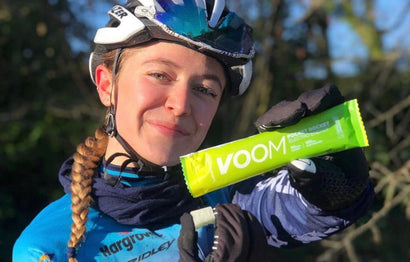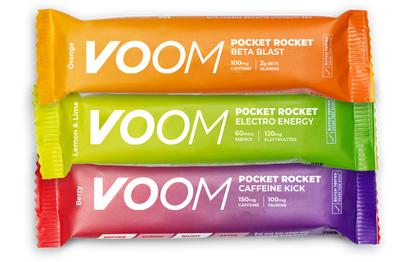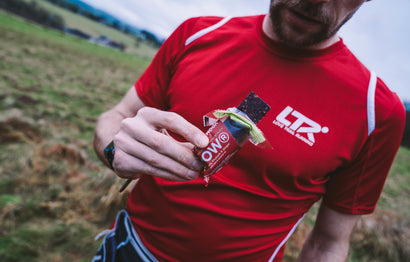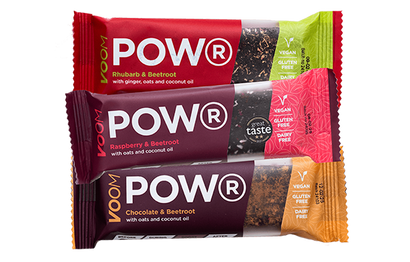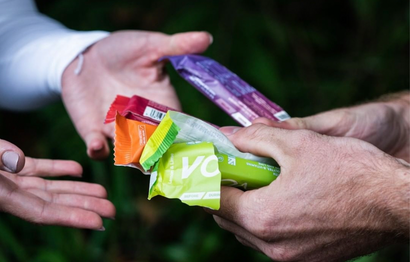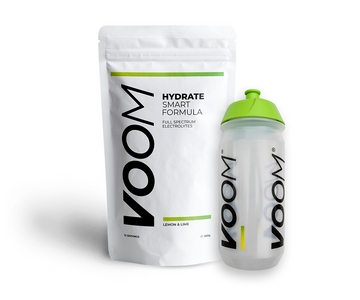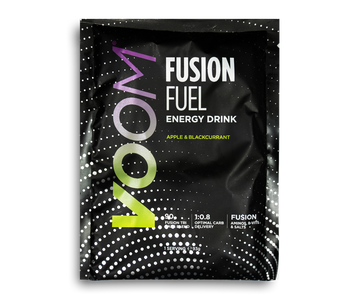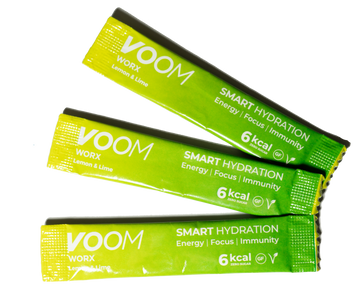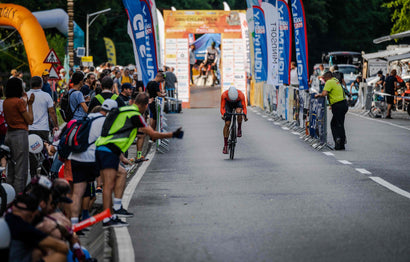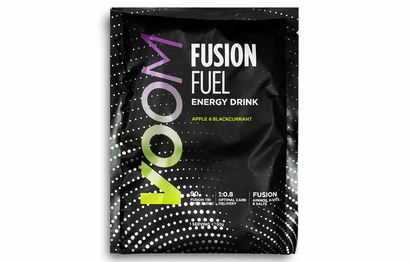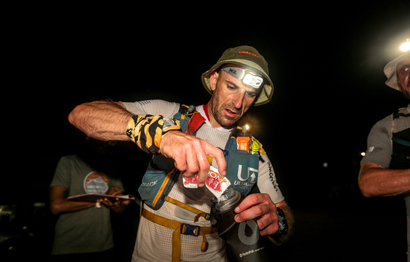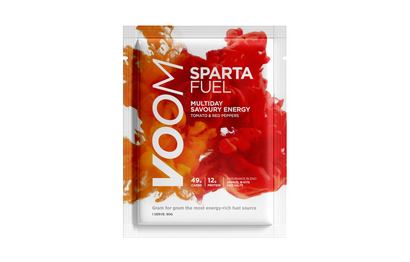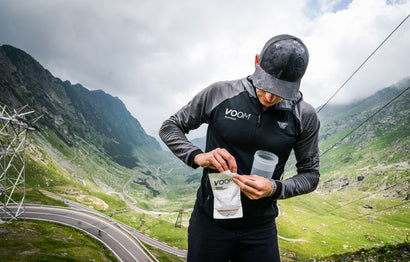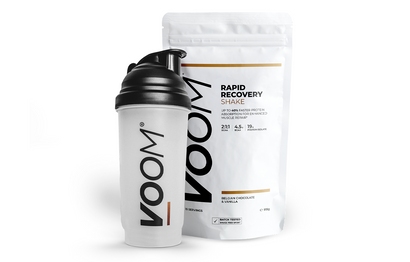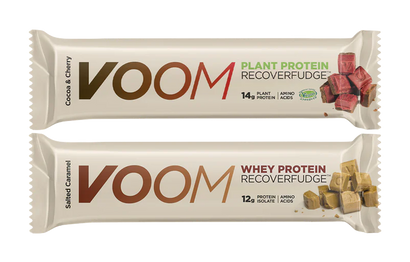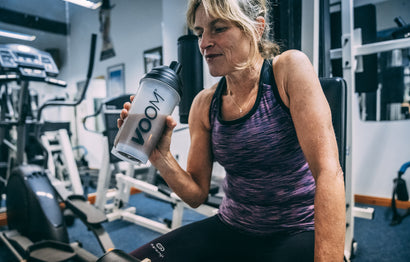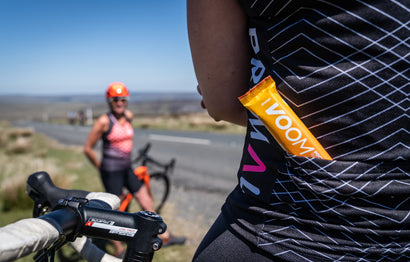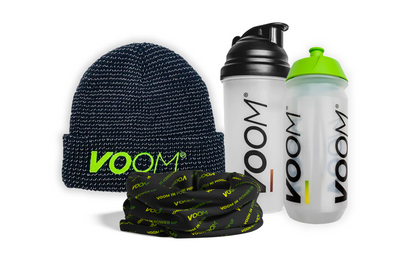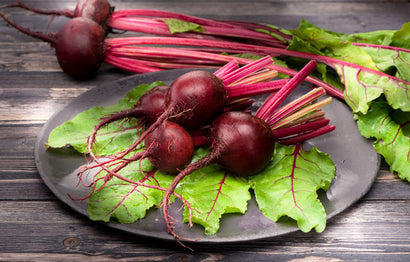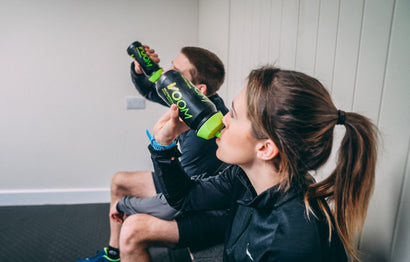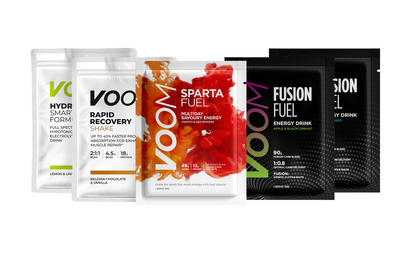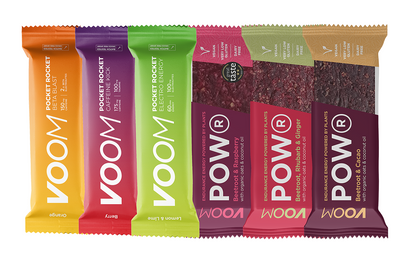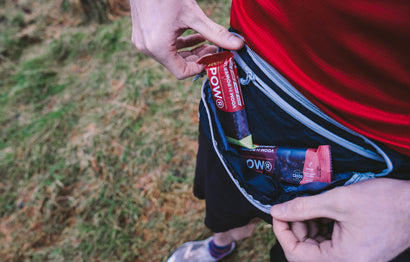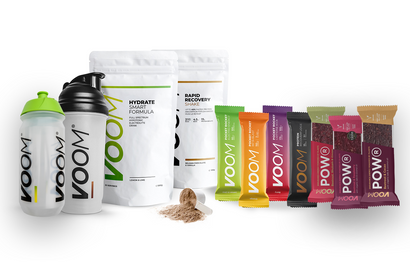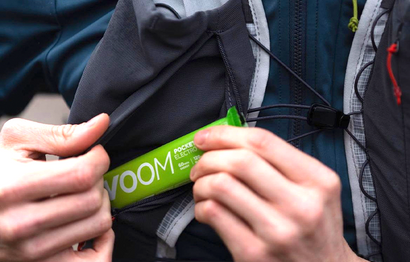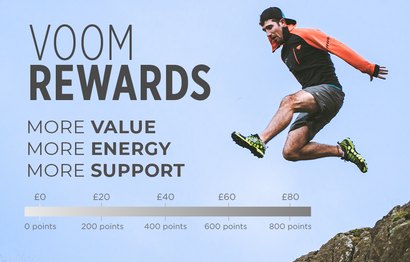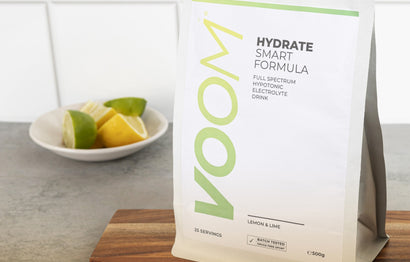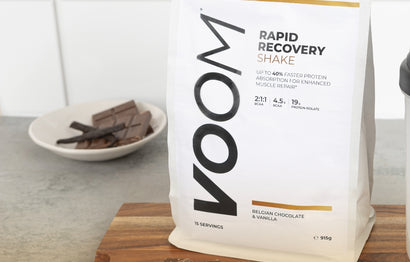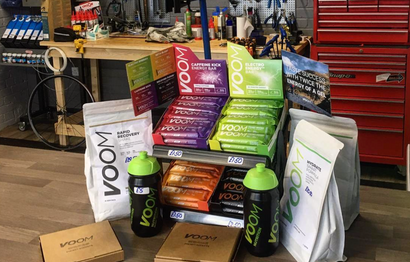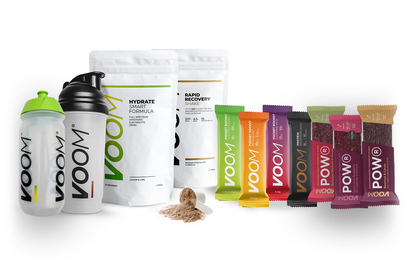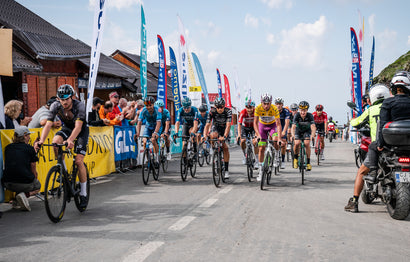Introducing VOOM’s new energy-rich carbohydrate drink, the newest tool in your energy armoury. Fusion blends several ideas, three carbohydrate sources, two absorption pathways and the latest sports science and physiology research, to deliver high doses of carbohydrates in a stomach-friendly way.
In short, Fusion maximises carbohydrate delivery for high intensity exercise lasting 2.5 hrs or more. We believe this is the perfect energy drink for marathon, half Ironman & Ironman distance triathlons and cycling road races or sportive events. The speed of gastric emptying, carbohydrate absorption and carbohydrate oxidation all result in enhanced energy delivery and it is this speed which allows the body to absorb more energy whilst maintaining stomach comfort.

How Does Fusion Fuel Energy Drink Work?
The latest research recommends that during prolonged moderate to high intensity exercise (2.5 hrs plus), you should consume 60-90g of carbohydrate per hour to maintain performance level (Burke et al. 2019). The body can only absorb ~60g of glucose per hour, so this must be supplemented with other carb sources. This upper limit of glucose absorption of around 1g/minute is due to saturation of the SGLT1 transport proteins, meaning glucose cannot be absorbed from the small intestine any more quickly than this rate. Significant research from O’Brien et al, (2013) shows consuming maltodextrin and fructose in a ratio of 1:0.8 increases exogenous carbohydrate oxidation and improves performance. We have therefore used this ratio of dextrin to fructose to enhance carb uptake and utilisation. The dextrin portion is formed with a 50:50 mix of maltodextrin and cluster dextrin.
Maltodextrin is a medium length chain of glucose molecules, known as a polysaccharide, which is broken down to individual glucose molecules, through the process of glycolysis. Glucose molecules are then absorbed along the length of the small intestine. Due to its lower osmolality compared to glucose, a maltodextrin drink has been shown to be emptied from the stomach more quickly than a glucose drink thus entering the small intestine more quickly and allowing faster energy delivery and minimising risk of GI distress.
The benefits of cluster dextrin in an energy drink
Cluster Dextrin, or highly branched cyclic dextrin (HBCD), has a lower osmolality than glucose and even maltodextrin, which improves gastric emptying rate, in turn reducing bloating and GI distress when consuming large volumes of carb-rich drink. The carbohydrate empties out of the stomach more quickly and into the small intestine for absorption. Cluster dextrin based drink has been shown to improve time to exhaustion in a swimming trial compared to glucose drink (Shiraki et al, 2015). To be absorbed, cluster dextrin is broken into glucose molecules in the same way as maltodextrin, but offers a more sustained energy source due to its highly branched chain structure. The swimmers also maintained a higher blood glucose level between repeated test sets when taking on cluster dextrin drink vs maltodextrin or placebo. This more sustained blood glucose level is beneficial during prolonged exercise by enhancing glucose supply to the brain and working muscles.

Why is a glucose-fructose blend better?
Fructose provides a secondary pathway for CHO absorption in addition to glucose / maltodextrin so we can take on more than 60g CHO per hour. This is because fructose is primarily absorbed via the GLUT5 (facilitative glucose transporter) meaning more energy delivery can be achieved than glucose alone using the SGLUT1 receptors. Consuming fructose during exercise has also been shown to improve liver glycogen replenishment which is helpful when you have tough training sessions on consecutive days.
We’ve included full spectrum electrolytes to aid hydration and sodium in particular aids glucose absorption. As well as reducing performance, dehydration also reduces the body’s ability to absorb carbs so maintaining hydration is an important consideration in an energy drink. Whilst taking on this drink you’ll likely be sweating and replacing those lost electrolytes is as important as replacing the fluid and energy. As well as electrolytes, each serving has B-Vitamins; both B3 (Niacin) and B5 (Pantothenic acid) contribute to normal energy yielding metabolism so can give a “reduction in tiredness and fatigue.”
Benefits of Unflavoured energy drink
Many endurance athletes can become tired of a certain taste after repeatedly consuming it during prolonged exercise; a flavour can become sickly and often a neutral or plain taste is what is craved. This sensation is termed flavour fatigue, so Fusion Fuel has the option of a neutral unflavoured drink for those who want to avoid the problem but still need serious energy delivery.
Fusion also comes in an apple & blackcurrant flavour for those who do want to vary the tastes they consume or prefer a more traditional flavour.
When to use Fusion energy drink
The drink is perfect for moderate to high intensity exercise lasting 2.5hrs or more. This level of carbohydrate delivery isn’t necessary for shorter duration or low intensity activity where 30-60g per hour should be sufficient. This makes it ideal for Ironman, Half Ironman, Marathon and cycling road races or sportive events for easy energy delivery on the go.

How to use Fusion Fuel
Using Fusion is easy; simply mix the contents of the sachet (93g) with 500 - 600ml of water and shake thoroughly. Drink up to one sachet per hour during intense exercise to deliver 90g of carbohydrates.
Extra fluid may be required in warmer conditions to maintain hydration. You may wish to supplement your carb intake with other sources such as VOOM Pocket Rocket in which case you can reduce intake of Fusion, but will likely need more fluid.
REFERENCES
Burke et al, 2019. Contemporary nutrition strategies to Optimize Performance in Distance runners and race walkers. International journal of Sports Nutrition and Exercise Metabolism.
Jeukendrup et al, 2009. Effect of beverage glucose and sodium content on fluid delivery. Nutrition and Metabolism
O’Brien, 2013. Fructose-maltodextrin ratio governs exogenous and other CHO oxidation and performance. Medicine and Science in Sport and Exercise
Shiraki, 2015. Evaluation of exercise performance with the intake of Highly Branched Cyclic Dextrin in athletes. Food Science and Technology Research

